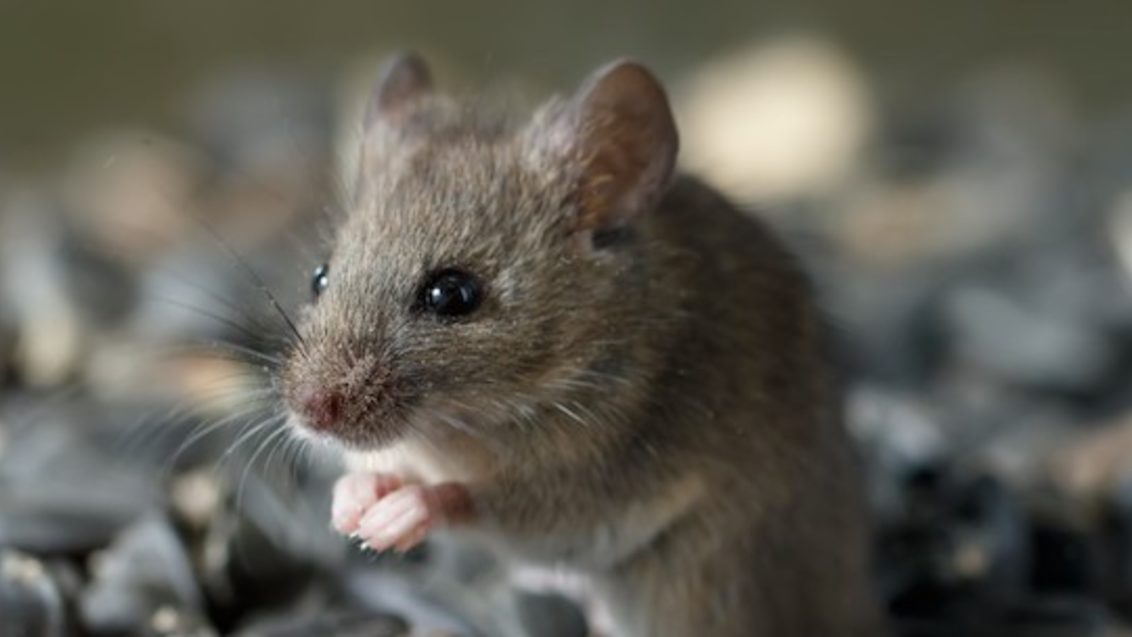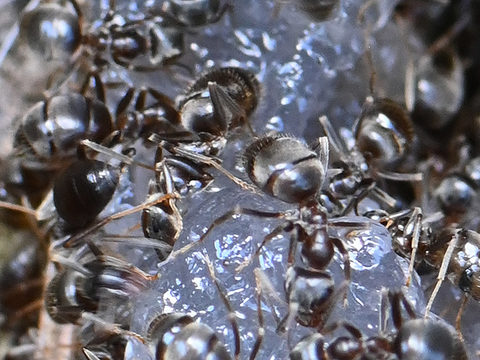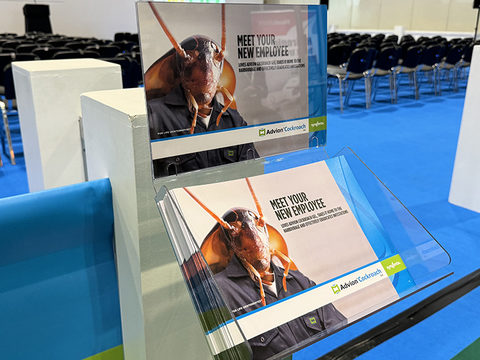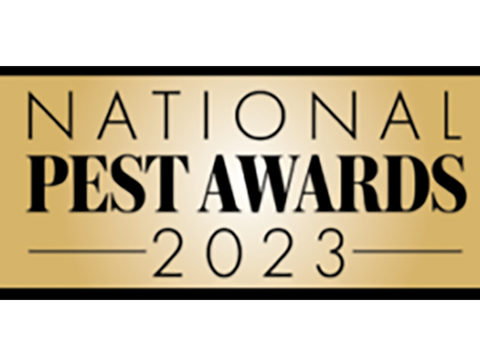Increasing resistance to some anticoagulant rodenticides

Ongoing surveillance by the Campaign for Responsible Rodenticide Use UK (CRRU) has found genes for resistance to some anticoagulant rodenticides in 78% of rats and 95% of house mice.
During the two sampling years to 2022, the surveillance found a proliferation of the resistance gene Y139C, identified from 30 new sites widely spread across England.
The presence of Y139C can confer resistance to first-generation anticoagulants, including bromadiolone and difenacoum. Where resistance is suspected, the Rodenticide Resistance Action Group (RRAG) advocates the use of brodifacoum, as in all Talon products, along with difethialone and flocoumafen, where product labels permit.
Syngenta Technical Manager, Sean Loakes, pointed out that there is no known resistance in use to the Talon products, which all contain brodifacoum. “However, we would advocate all professional pest controllers to follow the product label and best use guidelines, to minimise the risk of resistance developing.
“Furthermore, we would urge them to get involved with the resistance testing and surveillance programme, to ensure they are using the most appropriate products in any situation.
“Using Talon products to achieve full control of rodent populations means operators, and their customers, can be assured there is no chance of rodents resistant to other anticoagulant rodenticides from increasing.”
CRRU headlines that Y139C is one of the three most severe rat resistance genes that the report identifies are now being found in previously low incidence or resistance-free areas.
According to CRRU chairman Dr Alan Buckle, the monitoring has identified “small but troubling numbers” of rodents with two or more such genes, labelled ‘hybrid resistance’. In both rats and mice, the geographical distribution of both single-gene and hybrid-resistance continues to spread.
The latest annual study also identified, for the first time in the UK, a new four-component ‘spretus’ resistance strain among house mice in Hertfordshire. “This was acquired by house mice in Spain through interbreeding with the Iberian mouse species, Mus spretus,” says Dr Buckle. “The Hertfordshire spretus mice have almost certainly come in from the continent.
“More generally, London is now a focus hot-spot for mice with both single-gene and hybrid resistance.”
DNA testing for rodenticide resistance genes is carried out by the government’s Animal and Plant Health Agency, under contract to CRRU, with data analysis and reporting by the University of Reading. The report is available here.
Dr Buckle warns that these latest findings suggest there are now few places in England with pest rodent populations wholly susceptible to some of the anticoagulant products.
“Continued use of these anticoagulant rodenticides against resistant rats or mice has serious downsides, including incomplete control with consequent ongoing threats to human and animal health, along with faster geographical spread of surviving resistant individuals.
"The lengthy survival of resistant pests carrying persistent anticoagulant residues could also be taken as prey by predators,” he warned.
CRRU’s urgent guidance to farmers, gamekeepers and pest controllers is to monitor the resistance status of their own locations.
For optimum control of rats and mice in any situation, and to slow the spread of resistance, Dr Buckle urges everyone involved to follow the CRRU five-point action plan:

• Follow the CRRU Code of Best Practice guidelines. Download a copy here
• When using any rodenticide, follow the product’s label instructions in full.
• Monitor the effectiveness of control and always aim for 100% pest elimination.
• If resistance is suspected, look up the site’s likely status using Rodenticide Resistance Action Committee maps. If there is no data nearby the site in question, send tail samples to CRRU’s service for resistance testing – Find out more here
• Where rodenticide resistance is found, follow in full the Rodenticide Resistance Action Group’s guidelines – The RRAG advice for control of rodents with hybrid-resistance is planned for publication soon







